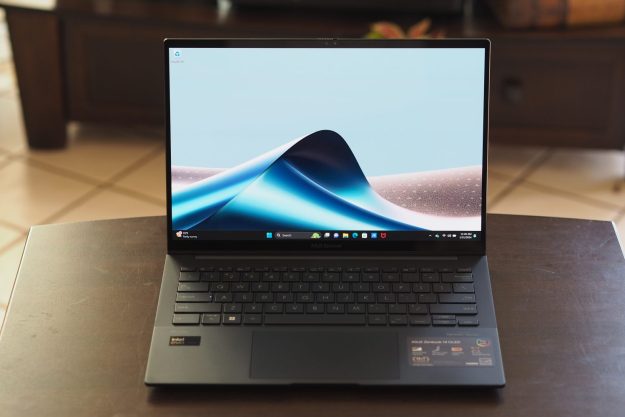
You may remember the multi-GPU tech from that beautiful tech demo Square Enix contrived for its stage presentation at Build 2015. As Anandtech reports, Ashes of the Singularity is a test-bed for DirectX 12, and therefor a testbed for Multi-adapter.
Unfortunately, everything he experienced in the demo must be taken with a fairly sizable grain of salt considering neither the game nor DirectX has made it to RTM phasing. Nonetheless, Anandtech’s Ryan Smith writes what he saws is “damn impressive.”
In the past ten years, the differences between GPU architectures has undoubtedly diminished some, making for improved interoperability. And now, thanks to the power of the DirectX 12’s Explicit Multiadapter, game developers can finally lend a hand in making graphics cards work in tandem.
The timing, Smith says, is great. That’s because, with integrated GPUs becoming more popular, CPU makers have to allocate plenty of die space for said integrated GPUs. Therefore, the added inclusion of a discrete GPU makes for a wealth of unused silicon. Although the Multi-adapter doesn’t serve as the be-all and end-all solution to this problem, it gives the integrated GPU something to do even when the dGPU is in charge.
Even so, trusting that game developers will be quick to adopt this tech is rather shaky. With no responsibility in the hands of hardware developers, it’s up to the software folks to put multi-GPU functions into effect. It’s clear why hardware makers would be interested in pushing multi-GPU tech: they want to sell more graphics cards. Game devs, on the other hand, have little reason to embrace it. Few gamers would be interested in buying one of their titles for Explicit Multi-adapter support alone.
In the end, however, it’s up to Microsoft to incentivize widespread multi-GPU adoption in game development — that is if it wants DirectX 12 to be a total success. Maybe tech demos like the one we see with Ashes will help move that forward.
Ashes of the Singularity benchmark results
As for the findings, Smith discovered in his tests that, unsurprisingly, the RTS performed much better under the stress of two GPUs. Overall, an R9 Fury X and GTX 980 Ti, when combined, garnered the best performance with an average of 70.9 frames per second at a resolution of 2560×1440. By comparison, on their own, the Fury X and 980 Ti would get about 40.4 and 42.2 fps, respectively. According to a chart posted by Anandtech, the powerful AMD/Nvidia pairing saw substantial gains over the components on their own.
The R9 Fury X + GTX 980 Ti combo is 75.2 percent faster than the Fury X on its own while the GTX 980 Ti + R9 Fury X is 64.4 percent faster than just the GTX 980Ti. Interestingly enough, using two Nvidia cards together only experienced about a 46 percent gain while two AMD cards saw a 66 percent gain in performance.
That means that, yes, AMD and Nvidia perform better when paired together in DirectX 12 than two cards from the same company. This trend carries on even at a higher resolution of 3,840 x 2,160, which was also detailed in Smith’s high-end GPU results. It’s a strange result, and the reason is not immediately obvious, but the numbers don’t lie.
Also described were the results of older, 2012 GPUs, albeit at a lower quality than with the Fury X/980 Ti. Smith discovered that, with an HD 7970 working in conjunction with a GTX 680, the frame rate of the game nearly doubles. You can see the full run-down of Ryan Smith’s 2012 GPU results here.
Editors' Recommendations
- DirectX 12 vs. DirectX 11: which is best for PC gaming?
- Intel drops support for DirectX 9, but it may be a good thing
- Real-time ray tracing to come to Windows 7 through DirectX 12 support



